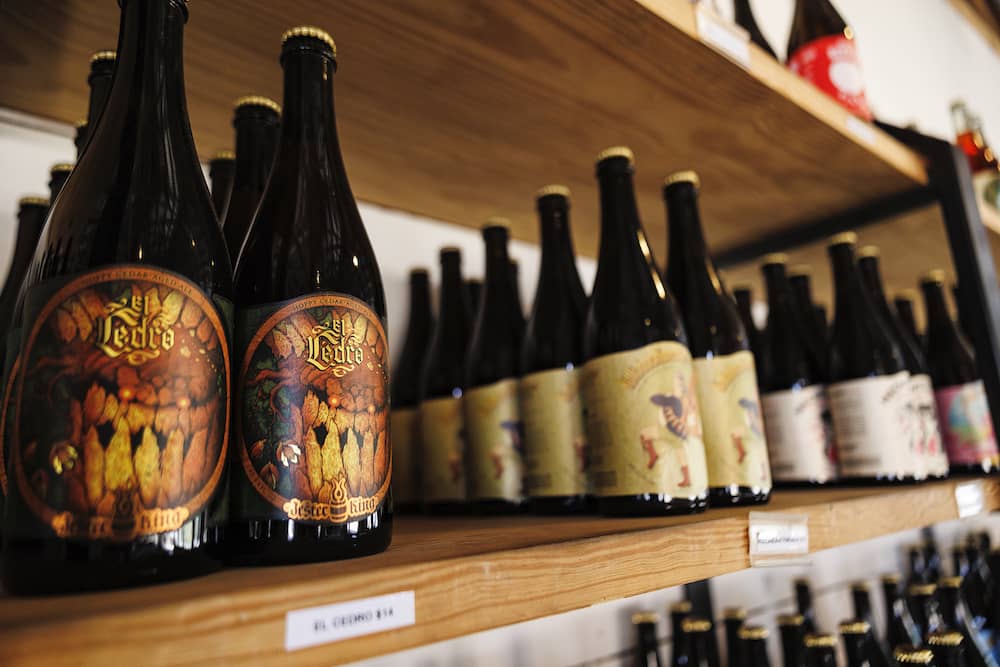Understanding the Craft of Distillation: a Deep Study Distillery Traditions
Discovering the elaborate art of purification introduces a world steeped in time-honored traditions that have formed the spirits we delight in today. From the old beginnings of distillation techniques to the contemporary development of distillery equipment, each step in the process brings with it an abundant tapestry of history and proficiency. As we explore the fragile balance of standard versus modern-day distilling techniques and uncover the value of crucial active ingredients, a much deeper understanding emerges of the profound effect distillery customs carry the spirits we relish.
Beginnings of Purification Strategies
The advancement of distillation strategies has a rich history that traces back to old people. The origins of purification can be linked to very early people such as the Mesopotamians, Egyptians, and Greeks. These ancient societies utilized fundamental purification approaches for perfumery, medicine, and creating alcohols. The concept of separating elements based upon their different boiling factors laid the foundation for the advanced distillation procedures we have today.
The earliest proof of purification go back to around 3000 BC in Mesopotamia, where clay pots were used to distill perfumes and fragrant oils. The Egyptians further progressed these strategies, using purification for medical purposes and embalming methods. The Greeks, notably numbers like Aristotle and Hippocrates, contributed to the academic understanding of purification.
With time, distillation spread to regions like India, China, and the Middle East, each culture including its special touch to the craft. The development of purification strategies proceeded with the Center Ages and the Renaissance, at some point bring about the diverse array of purification processes employed in modern distilleries worldwide.
Evolution of Distillery Tools

With innovations in innovation and a deeper understanding of the distillation procedure, modern-day distilleries currently use a selection of sophisticated devices to produce spirits of the best quality. Today, distillation devices includes column stills, reflux stills, and hybrid stills, each developed to deal with details purification demands. These modern-day stills provide better temperature level policy, boosted purification accuracy, and greater effectiveness in separating alcohol from contaminations.
Along with stills, distilleries currently use innovative condensers, fermenters, and filtering systems to additional improve the distillate. The advancement of distillery tools proceeds to play a crucial function in shaping the varied array of spirits readily available in the market today.
Typical Vs. Modern Distilling Practices
On the other hand, modern-day distilling methods leverage sophisticated technology and innovation to simplify manufacturing procedures and boost uniformity. Automated systems, electronic controls, and state-of-the-art equipment make it possible for contemporary distilleries to generate spirits a lot more effectively and with better accuracy.
While typical distilling methods are cherished for their heritage and the special tastes they produce, contemporary techniques provide advantages in regards to scalability, top quality control, and sustainability. By integrating scientific developments and modern engineering, distillers can enhance production, reduce waste, and meet the needs of today's market better. Ultimately, the choice between standard and modern-day distilling techniques frequently depends on my blog the distillery's objectives, values, and target market.
Secret Active Ingredients in Distillation Refine
Within the craft of distillation, the option of essential active ingredients plays an essential role in identifying the taste profile and top quality of the spirits produced. The key ingredients used in the purification process are commonly water, yeast, and a fermentable resource such as grains, fruits, or sugarcane.
Water is a fundamental component as it not only dilutes the alcohol material to a tasty degree yet also impacts the overall mouthfeel and appearance of the spirit. The quality and mineral content of the water made use of can substantially influence the final item.
Yeast is an additional crucial active ingredient that converts the sugars existing in the fermentable resource into alcohol through the procedure of fermentation. Various stress of yeast can produce varying scents and flavors, adding to the distinct qualities of the spirit.

Impact of Distillery Traditions on Spirits
The influence of longstanding distillery practices on spirits prolongs past the option of essential ingredients, forming the very significance and character of the final distilled products (Breweries in Galveston Texas). These practices, passed down via generations, play a vital duty in specifying the unique preference accounts and high qualities that distinguish one spirit from an additional
Distillery traditions include a wide variety of methods, from the details strategies used in purification to the selection of aging procedures used. For instance, using standard copper pot stills in scotch production is believed to present specific flavors and qualities that are highly valued by lovers. The aging of spirits in oak barrels, a technique deeply rooted in distilling traditions, adds to the growth of complex scents and flavors over time.

Final Thought
From the origins of distillation strategies to the modern techniques, the influence of distillery practices on spirits is undeniable. Distillery traditions play an essential function in forming the spirits market and preserving the heritage of purification practices.
Throughout the history of purification, the devices used in distilleries has actually gone through substantial advancement to enhance efficiency and high quality of the purification process.With advancements in modern technology and a deeper understanding of the purification procedure, modern-day distilleries currently utilize a variety of sophisticated devices to create spirits of the highest quality. Today, distillation equipment includes column stills, reflux stills, and crossbreed stills, each developed to provide to details distillation requirements. From the origins of purification strategies to the contemporary practices, the impact of distillery traditions on spirits is indisputable. Distillery customs play an essential function in forming the spirits market and protecting the heritage of distillation techniques.